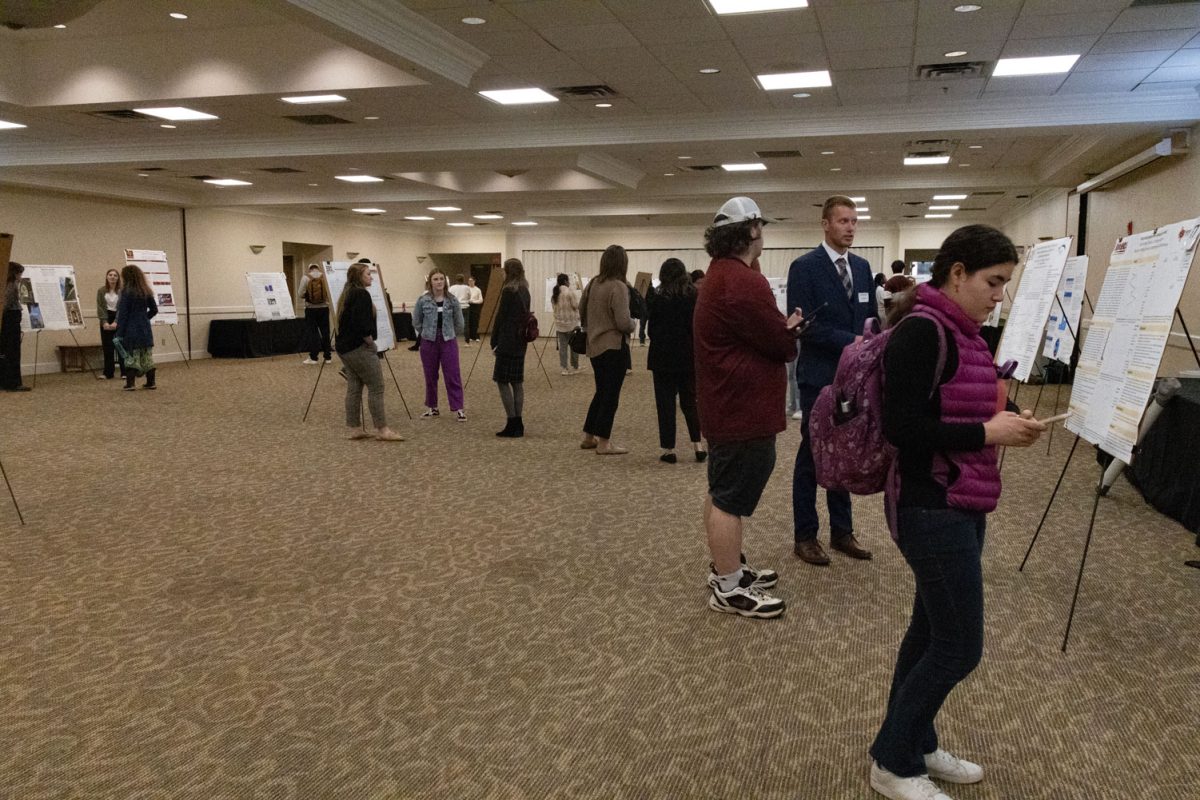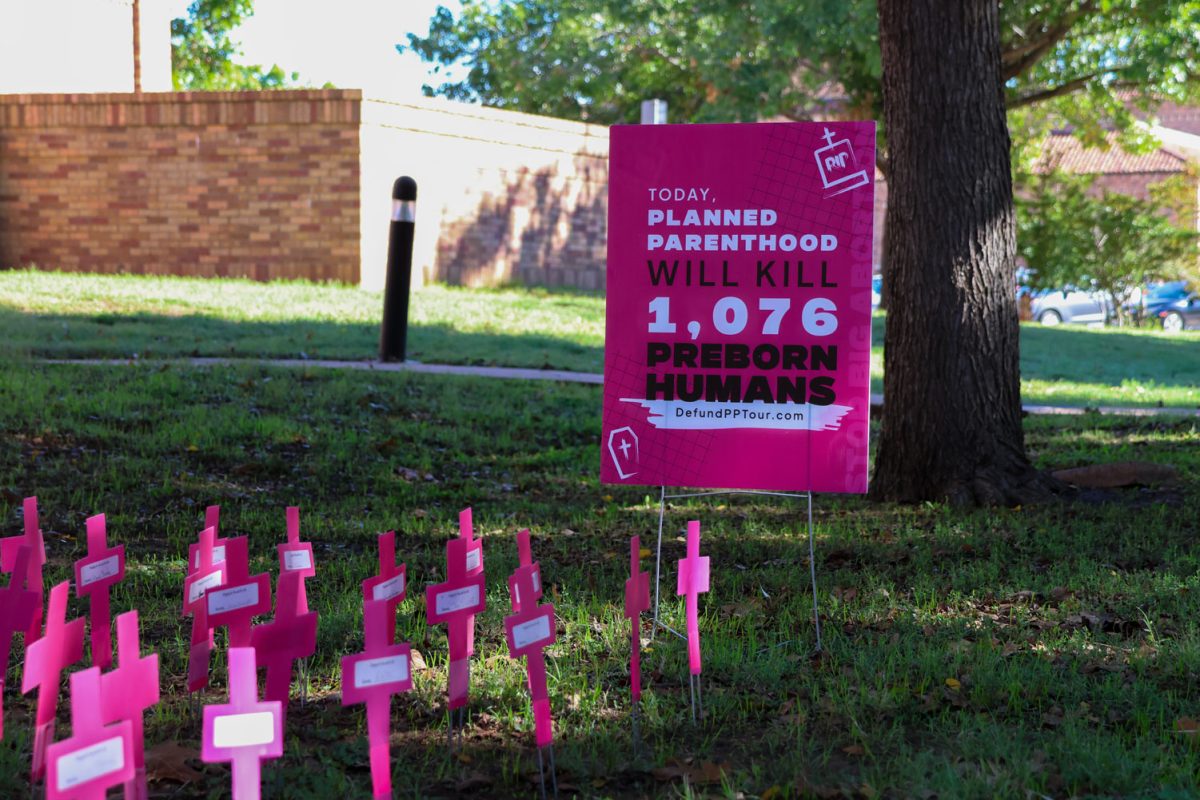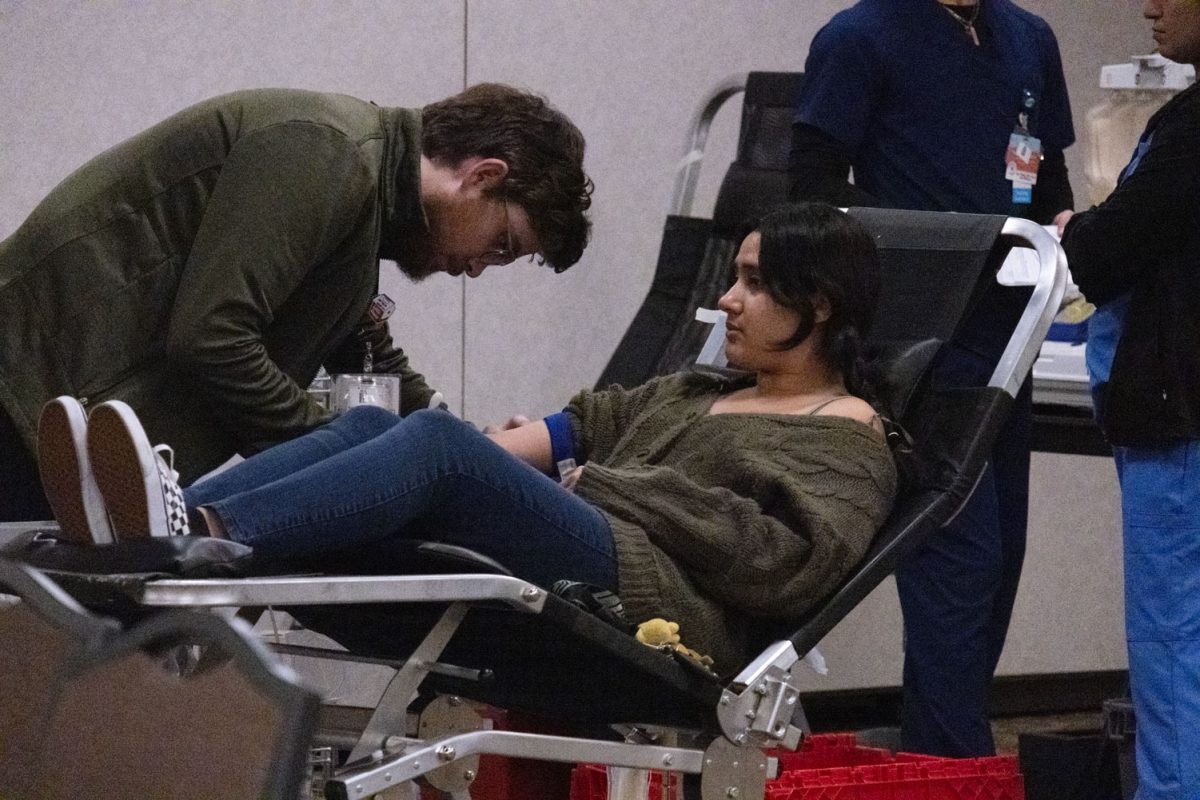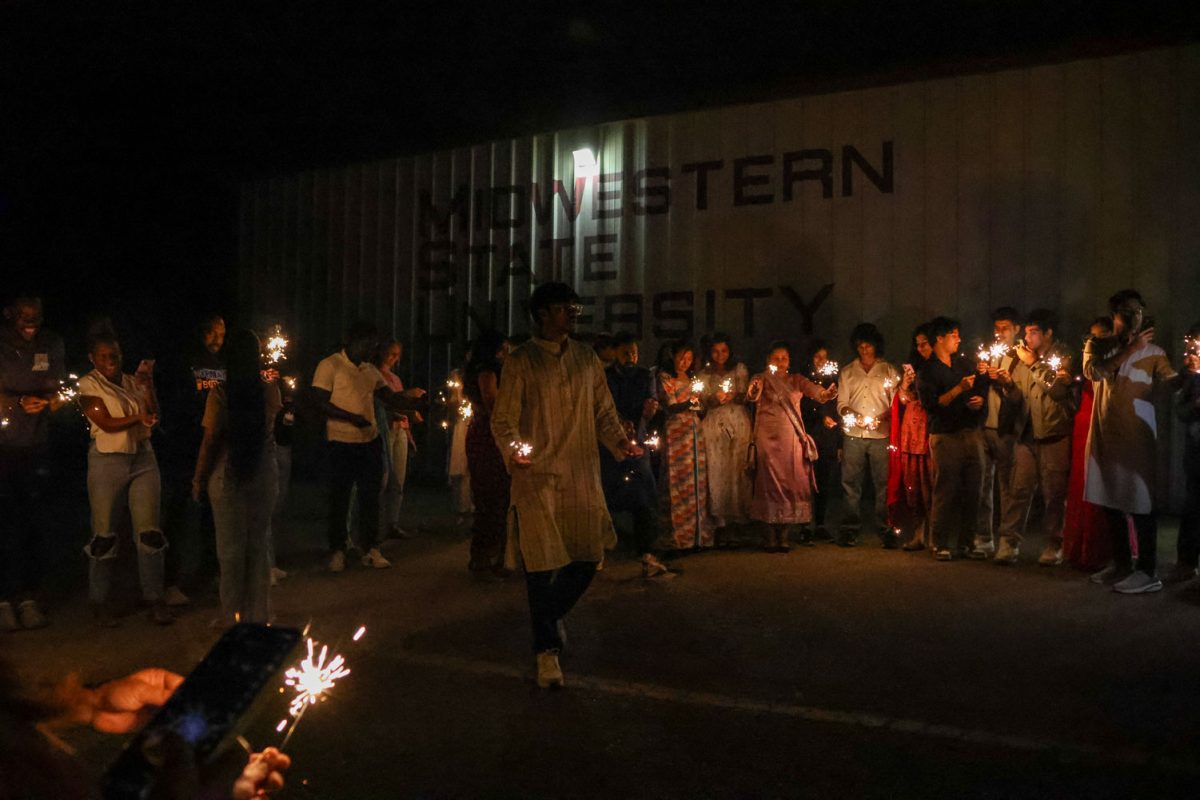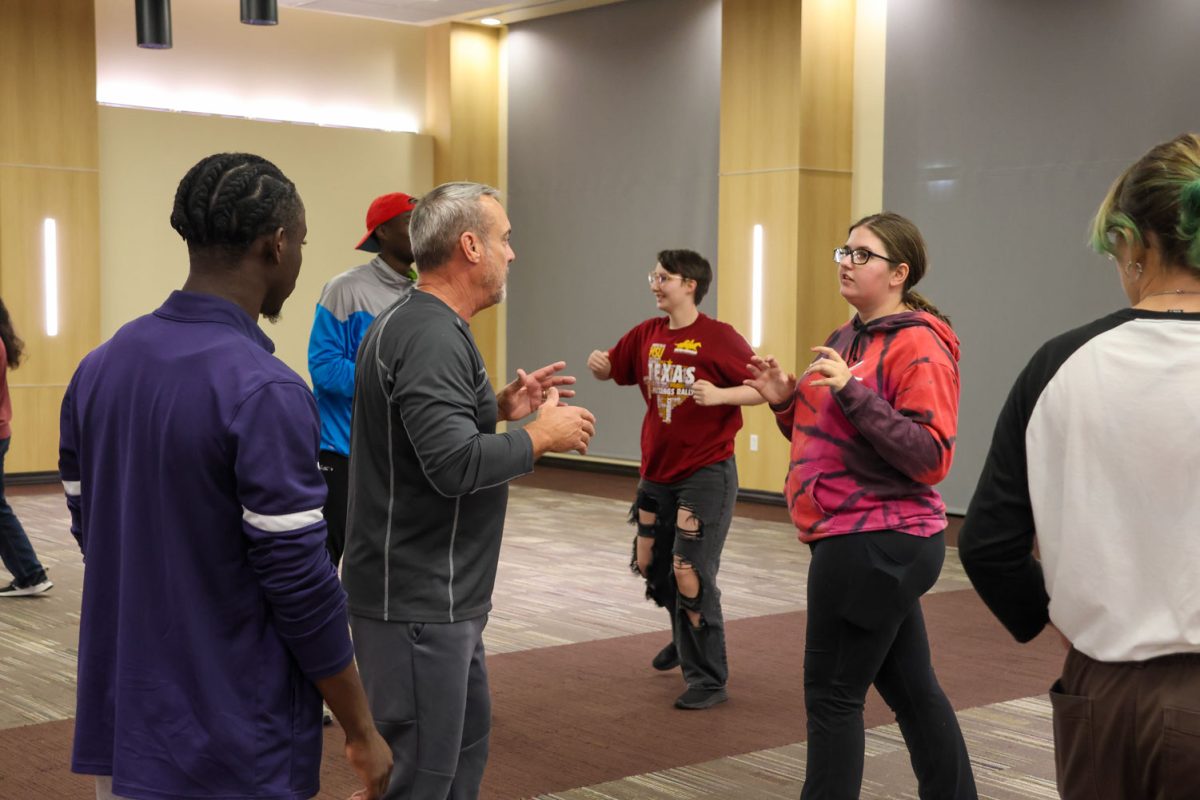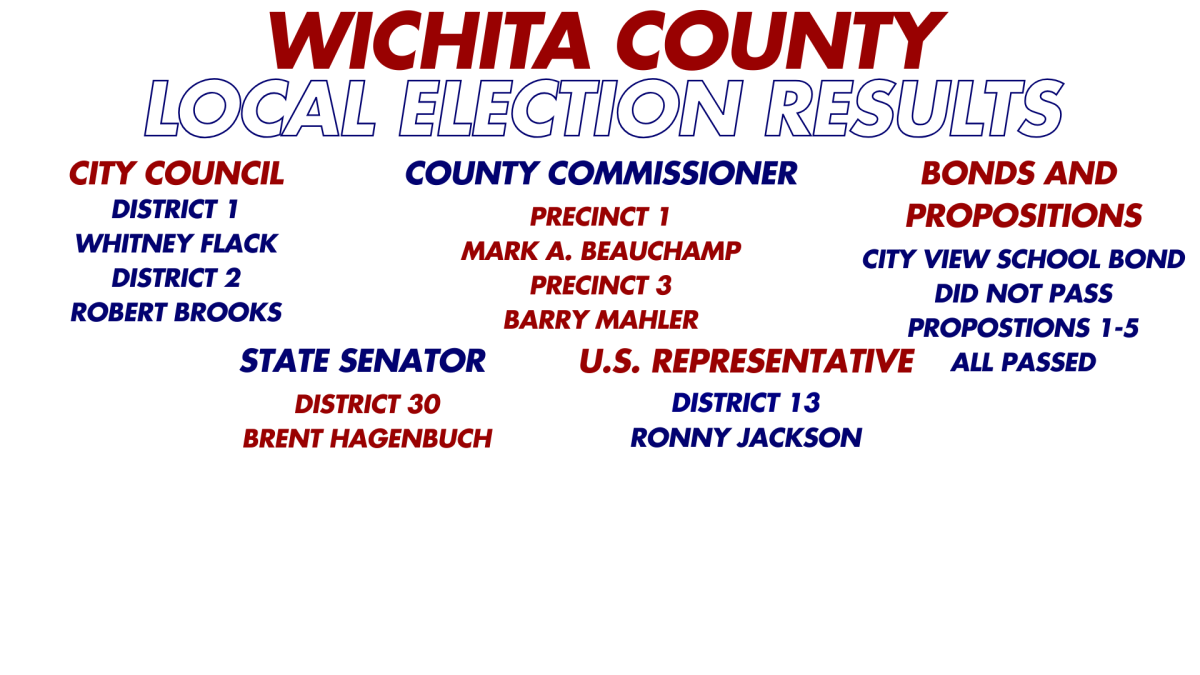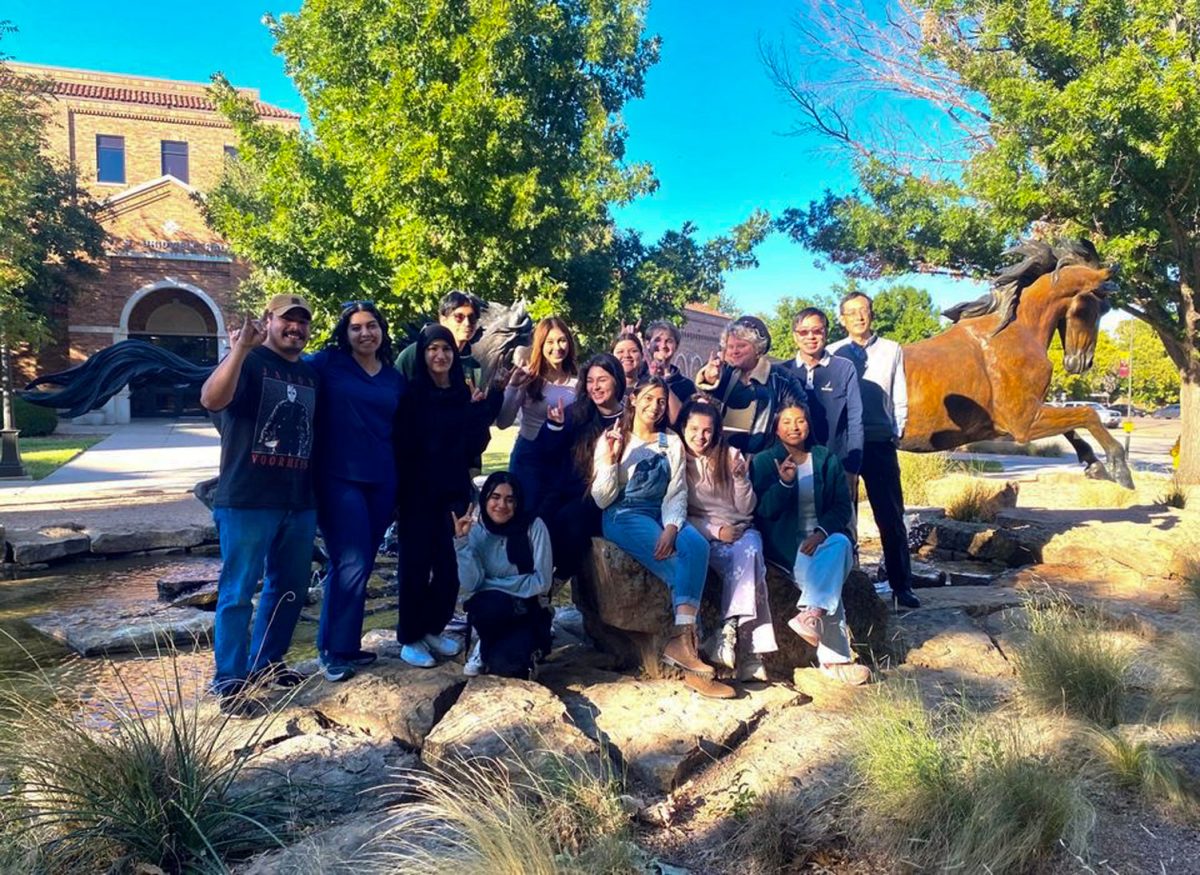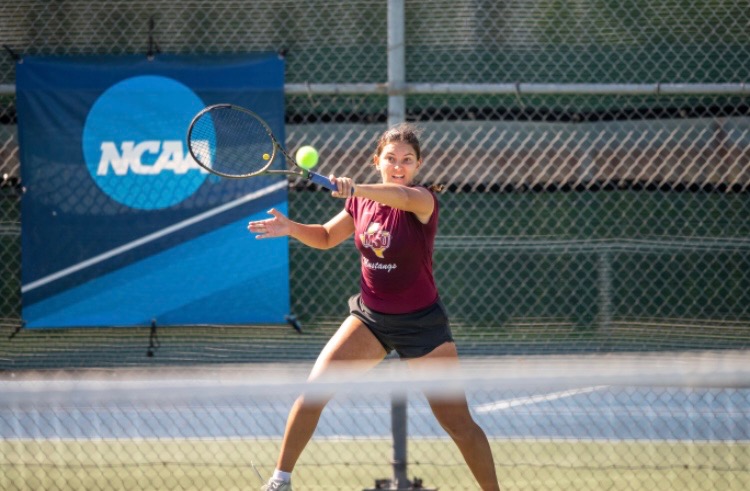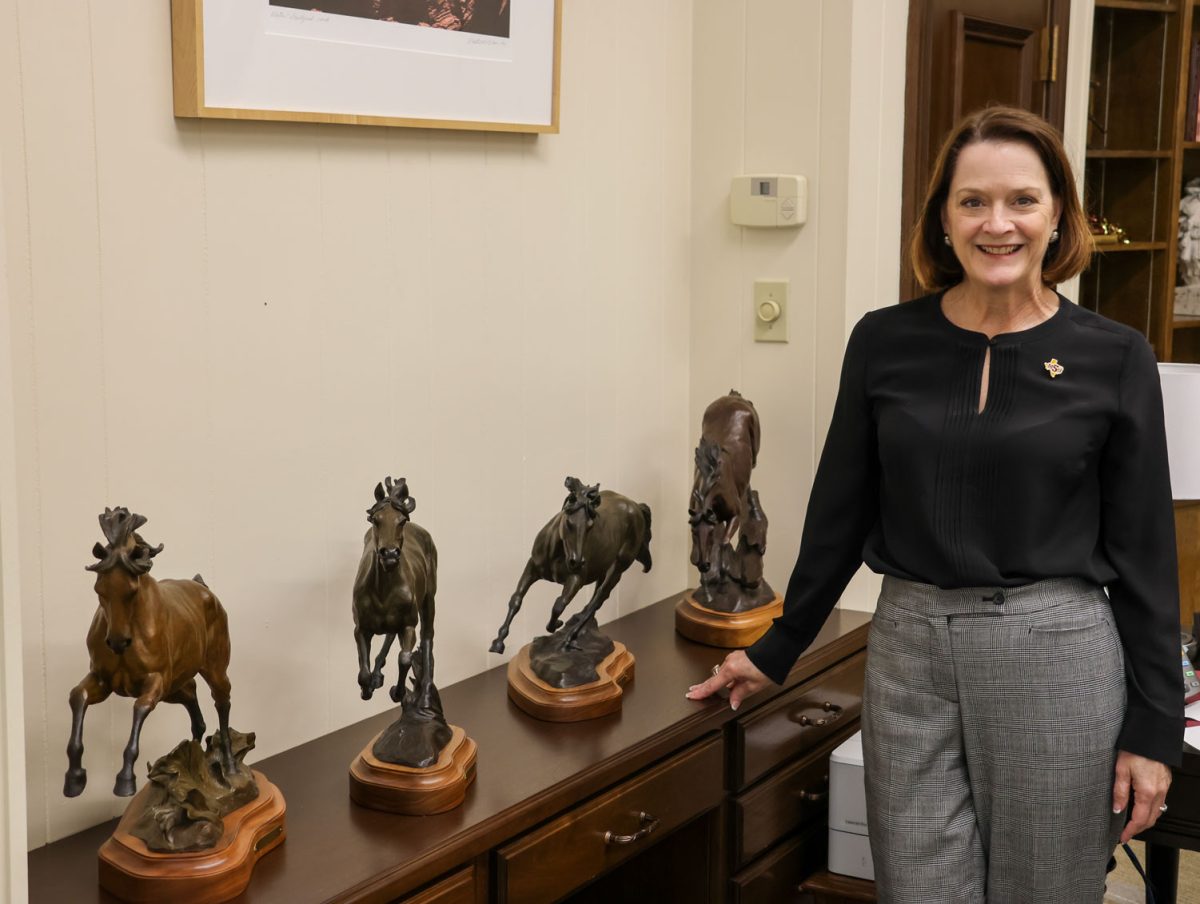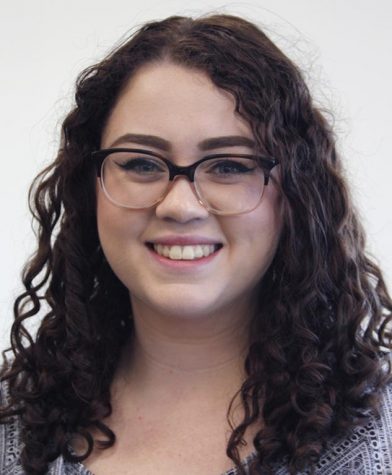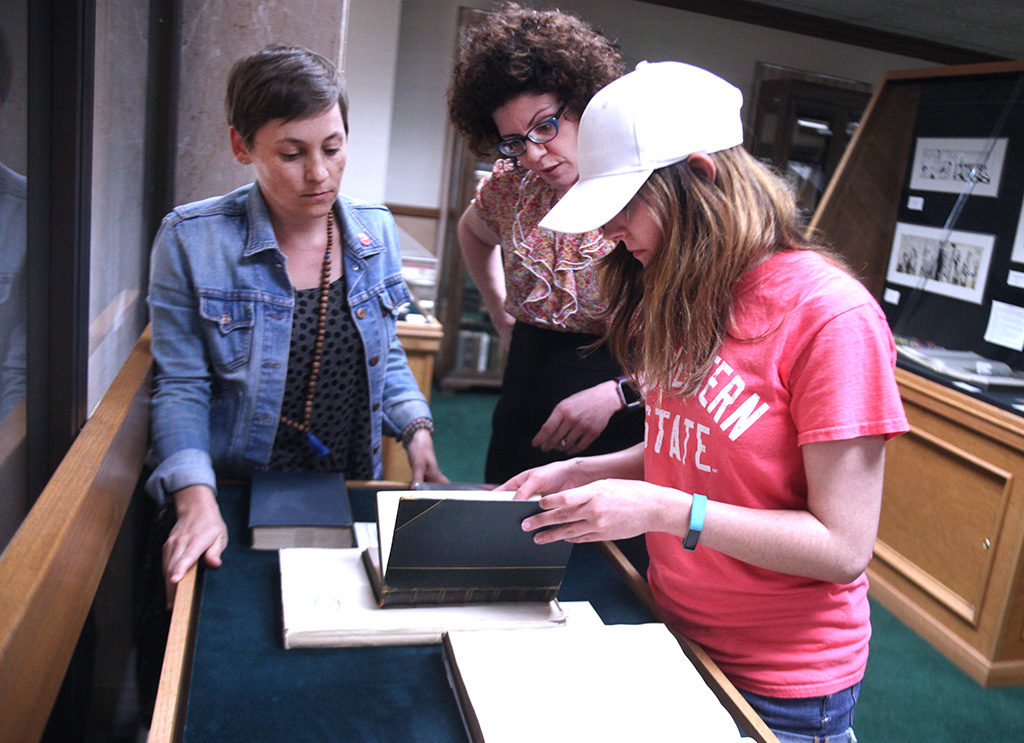
The Rare Books Collection sits behind a closed door like an old, forgotten relic. The glass cases are pristine, devoid of any fingerprints. Literary classics sit on their shelves, year after year, unexplored and unrecognized by students.
Because the Rare Books Collection is not easy to find on the second floor of the library, most, if not all, students use tables on the second floor without ever realizing that behind the inconspicuous door of room 215 lies 1,200 rare books.
Nolan A. Moore’s collection of rare books was left in his will to a nonprofit institution, but preferably to a university. Midwestern State University was on the list of universities he thought the collection would best fit, and the Moore family decided that it should stay permanently at MSU. The library is proud of the collection and hosts tours for incoming freshman every year, but after the tour ends, those students hardly ever come back.
“Tours are great, because they give an introduction,” Stacy Johnson, special collections assistant, said. “The tours average 25 people, but there’s only three or four students that are really interested. In a tour that size, it’s hard to connect the incoming students to the collection.”
Johnson said she thought there should be more assignments concerning the collection in classes so students would be more involved. However, one class that does involve library assignments is the Council of Public Liberal Arts Colleges, COPLAC-sponsored, Rare Life of Books. The class introduced the collection to two students on campus who were able to conduct research on first editions.
“Our main project focused on books from the 19th century, and we decided on this after we went through the collection and saw something that interested us,” English sophomore Brittany Williams said. “We looked at books that were first editions and books that were facsimiles, and we wanted to see why Moore included those books in his collection.”
By looking at a specific part of the collection, Williams and Johnson said it wasn’t as overwhelming.
“It’s easy to get intimidated when you first come in. When you come in, it’s like, ‘I want to see everything,’ and that’s overwhelming. It’s better to look at one specific area,” Johnson said. “The collection is such a good resource, it’s a real world example, and it’s here for the students.”
Johnson and Associate University Librarian for Technical Services, Cortny Bates, said students should have more assignments to do with the collection in order to attract both students and faculty.
“Students are always coming and going, they never really stay and look at the books. The tours are too short. There should be more of a connection to the books,” Bates said. “We’re seeing more use but it’s still not enough.”
Johnson said the collection is getting some attention through COPLAC, and is connecting with faculty both on campus and elsewhere through the program.
“We want to reach more faculty here and elsewhere. The COPLAC classes get us connected to others, but not as much as we want,” she said. “There are not many places where undergraduates can touch first editions.”
A part of these first editions includes a first edition of the Nuremberg Chronicle and a 1611 edition of the King James Bible. But Johnson and Bates have other favorites, like the Christian doctrine, which only has a few editions.
“There are a lot of fun pieces, and it’s really hard to pick one piece that I really like,” Bates said. “The printing press is a centerpiece. It’s a symbol and a mascot of the collection.”
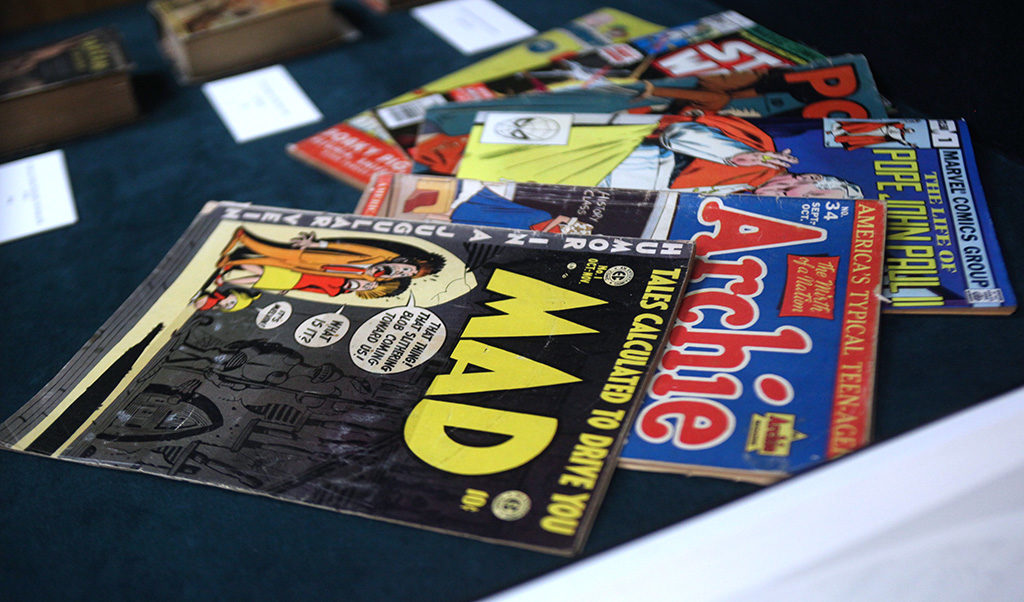
Although the collection has many first editions and a printing press, many students rush through the tour and soon forget room 215 in the library.
“I came on a tour during Family Day in the fall,” Williams said. “My dad looked at it more than I did, though. He was impressed by the collection and the printing press. I originally just thought it was like an exhibit at a museum.”
Both Johnson and Bates agreed it was a question that regularly popped up: How long is this exhibit going to be here for?
“People always assume it’s a temporary set-up. But it’s forever, it’s never leaving,” Johnson said. “And it’s special because most people just have pages of first editions, and we actually have books that students can look at and do research with.”
Johnson said the collection is a “gift” to students and said she wished there would be more research as well.
“MSU is really special, and this is a gift that students have right here. It’s important because students could do original research. The library should flaunt the collection we have here and the opportunity to do this research,” Johnson said. “The books are in really good shape, some are very delicate, though.”
Bates mentioned one student from an English class who was doing research for an assignment, saying the student was going to present her research at the Celebration of Scholarship on April 26.
“The key is professors assigning this type of research in their classes. Students just don’t come of their own volition. It should be part of a grade, and it should take more effort, take more time in the collection,” Bates said.
However, Williams said she wanted to do more research in the future, after her COPLAC class ends.
“I want to keep doing research. There are way too many books to cover. It was really fun and I loved coming in here to do research,” she said. “The best part about it was looking at it from the standpoint of publishing, because that’s something I want to do, and getting to look at how the books are made.”
An interesting part of the collection, said Williams, was getting to look at the history of the books alongside getting to do research on the books themselves.
“It wasn’t so much the history of the books that we were looking at, because we were also looking at books as a material object. It was really interesting,” she said. “The Nuremberg Chronicles were the most interesting. We have so many first editions of everything. It’s terrifying to touch and hold the first editions. The backs are falling off, the pages are thin and easy to tear. I loved it, though. It was a wonderful experience getting to hold those first editions.”
Johnson said getting students to come and look at the collection is something her and Bates are working towards.
“It takes a little more to get students involved, but that’s what we’re trying to do,” Johnson said. “It’s what Moore wanted to happen when he left the collection in our care. Students coming in and seeing his collection was his final wish. We’re working towards fulfilling that wish.”




